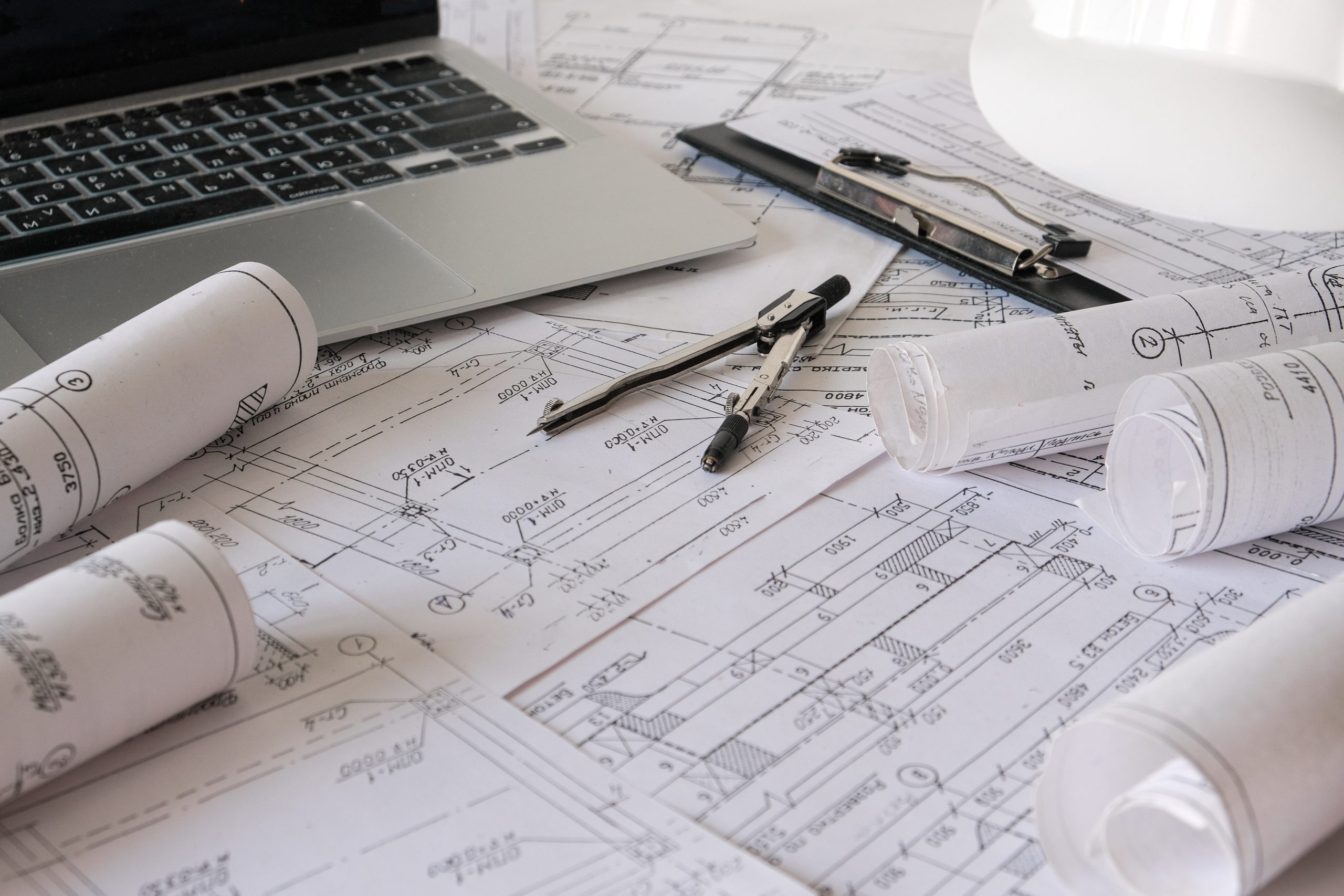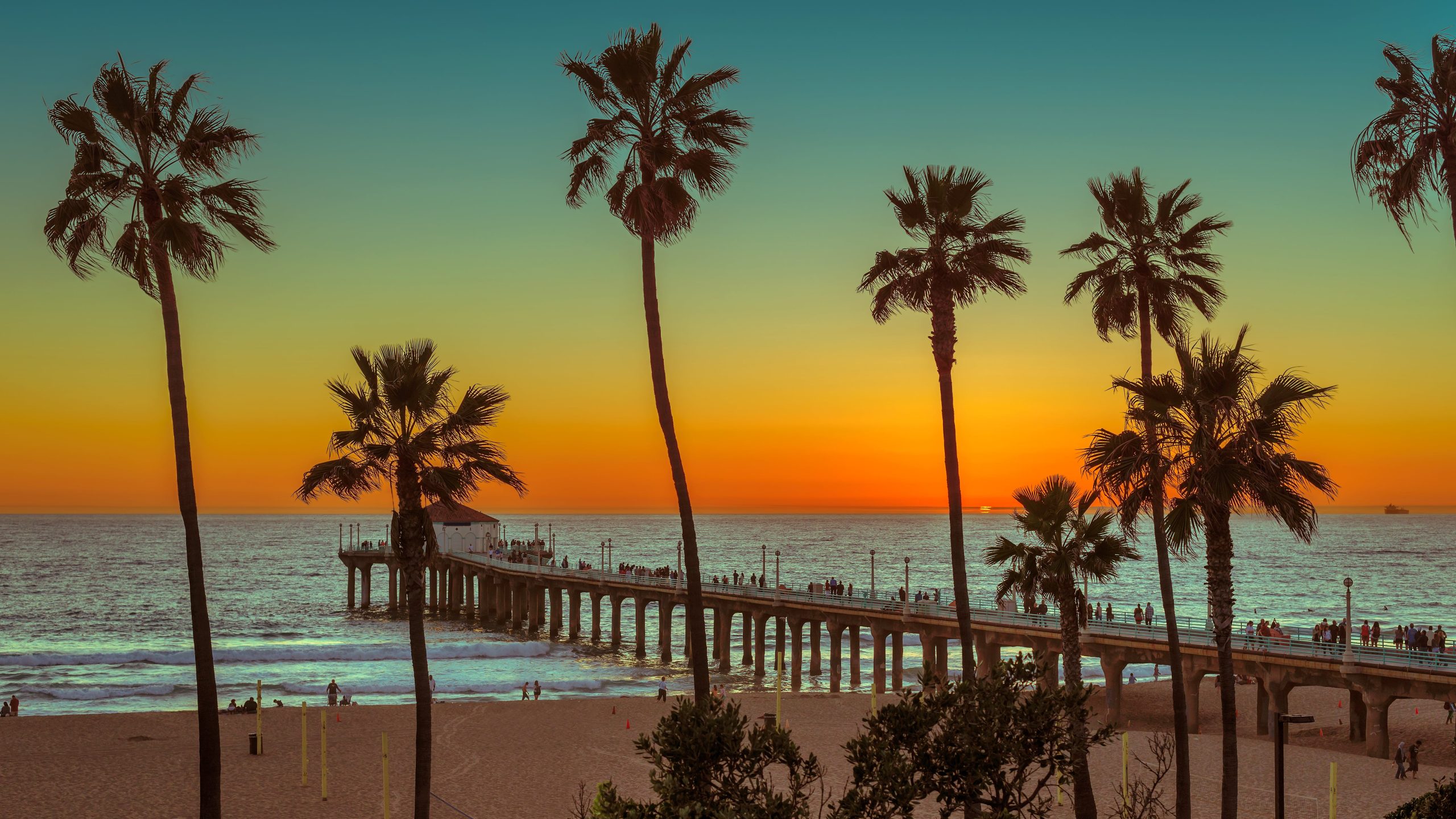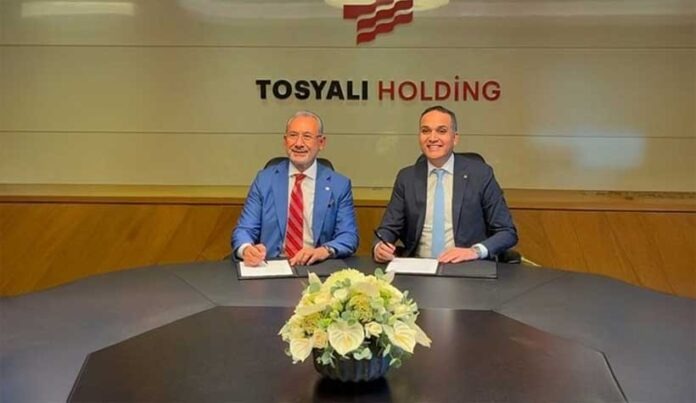National Hydrogen Strategy: Ready for the Future

The 2024 revised strategy notes that for Slovakia to achieve its decarbonisation goals, hydrogen is planned to be used as an energy carrier in its industry segments and public life in areas in which it is impossible or not cost-effective to directly engage electricity.
The strategy notes that Slovakia will support education and R&D of hydrogen use in the Slovak economy in order to stay competitive in the EU market.
The strategy discusses hydrogen usage in:
- Chemical and Petrochemical industries, noting that at the time of strategy development, this sector consumed more than 200,000 tons of (grey) hydrogen per annum and was the largest producer and consumer of hydrogen.
- Steel Industry and Metallurgic processes, noting that these industries are the largest contributors to carbon dioxide emissions in Slovakia.
- Gas industry, noting the importance of reviewing options for technological modifications of the Slovak natural gas transmission network, including its expansion and connection to other European natural gas pipeline.
- Heat management, noting that quantification of the efficient rate of replacing natural gas by hydrogen for use in heating requires further analysis of the ability of the electricity grid to cover the additional electricity consumption and of the gas network to accumulate and store the required hydrogen volumes for long periods of time.
- Transportation, noting that for Slovakia to use hydrogen in mobility applications, it would build a network of refueling stations based on transportation concentrations and the expected consumption of hydrogen in given regions.
Based on current hydrogen use, the strategy notes that Slovakia would consume 200,000 tons of hydrogen a year by 2030 and that, on the basis of intense usage of hydrogen, this could reach 400,000-600,000 tons by 2050 – of which 90% would be sourced from low-carbon sources.
The strategy notes that to support basic and applied research, the Centre for Research of Hydrogen Technologies (CRHT) of the Slovak Republic, located in Kosice, was founded. The strategy notes the Centre would be funded by public and private funding and EU funding.
Slovakia clean energy hydrogen in automotive industry
Hydrogen vehicles are largely absent in Slovakia with only one hydrogen car (a single Toyota Mirai owned and operated by a state entity) and one prototype bus operating.
Hydrogen cars will likely receive state subsidies in the future, similar to subsidies for plug-in hybrids and electric cars. The prototype of a hydrogen bus by the company Rosero P, designed in cooperation with the Faculty of Mechanical Engineering of the Technical University of Kosice, was introduced in August 2021.
Rosero P is a Slovak producer of midi bus and microbus with up to 36 seats using, built on Iveco Daily and Mercedes Benz Vario chassis.
Slovnaft, Slovakia’s monopoly refinery, indicated to media that it would investigate building an intermodular hydrogen filling station by the first half of the year 2023. The refinery already produces hydrogen and wants to launch mass production in the future to refuel hydrogen into ships sailing on the Danube either for propulsion or further transport.
BCF ENERGY plans to start production and sale of green hydrogen in 2023 to 2024. Green hydrogen will be produced in factories located in Modry Kamen, Pezinok, Malacky and Trencin with daily production estimated at 4,000 kg. The hydrogen will be supplied to 40 hydrogen filling stations into Benzinol Slovakia network.
The focus on hydrogen creates new opportunities for US firms in the Slovak market in areas such as consulting, engineering, related technologies, and R&D.

